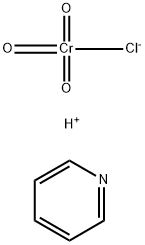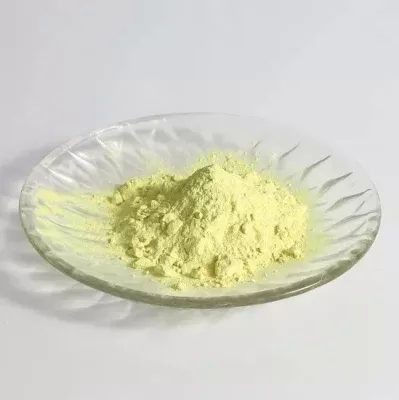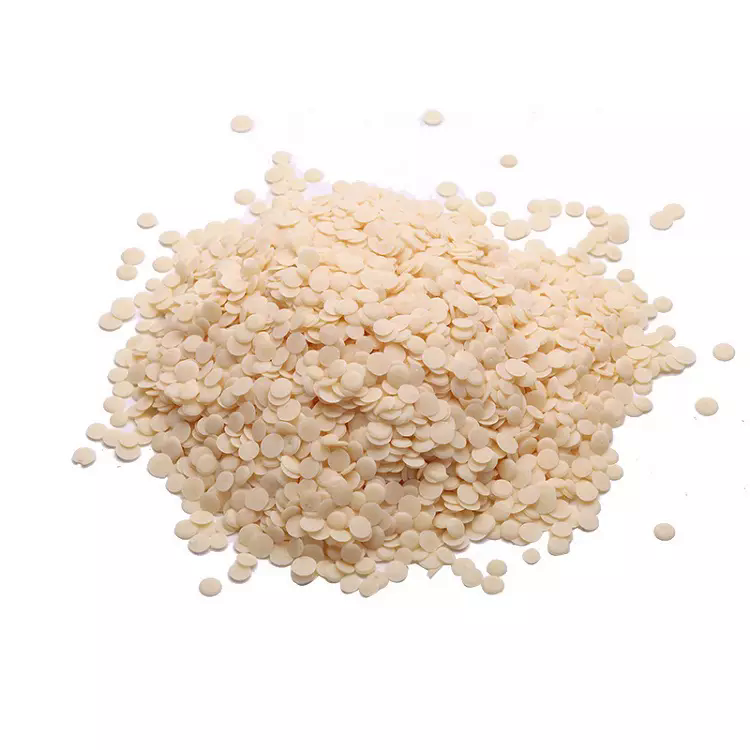4-(Chloromethyl)pyridine hydrochloride
Synonym(s):4-Picolyl chloride hydrochloride
- CAS NO.:1822-51-1
- Empirical Formula: C6H6ClN.ClH
- Molecular Weight: 164.03
- MDL number: MFCD00012826
- EINECS: 217-350-7
- SAFETY DATA SHEET (SDS)
- Update Date: 2025-02-05 09:56:46

What is 4-(Chloromethyl)pyridine hydrochloride?
Chemical properties
YELLOW TO ORANGE FINE CRYSTALLINE POWDER
The Uses of 4-(Chloromethyl)pyridine hydrochloride
It finds its application as a reagent for protection of carboxyl termini of peptides as 4-picolyl esters, providing a polar 'handle' which aids in separation and purification of the peptide. The group can be introduced in the presence of a base, e.g. tetramethylguanidine, is stable to acid-catalyzed removal of Cbz protecting group and can be removed by base, Na in liquid ammonia or catalytic hydrogenolysis. It is also applied in conjunction with Amberlyst?15 resin in peptide synthesis. It is an important raw material and intermediate used in organic synthesis, pharmaceuticals and agrochemicals.
Purification Methods
Purify it by recrystallisation from EtOH or EtOH/dry Et2O. It melts between 171o and 175o, and the clear melt resolidifies on further heating at 190o and turns red to black at 280o but does not melt again. The picrate-hydrochloride (prepared in EtOH) has m 146-147o. The free base is an oil. [Mosher & Tessieri J Am Chem Soc 73 4925 1951, Beilstein 20 III/IV 2752.]
Properties of 4-(Chloromethyl)pyridine hydrochloride
| Melting point: | 166-173 °C(lit.) |
| storage temp. | Inert atmosphere,2-8°C |
| solubility | soluble in DMSO, Methanol |
| form | Fine Crystalline Powder |
| color | Yellow to orange |
| Water Solubility | 750 g/L (20 ºC) |
| Sensitive | Hygroscopic |
| BRN | 3689154 |
| CAS DataBase Reference | 1822-51-1(CAS DataBase Reference) |
Safety information for 4-(Chloromethyl)pyridine hydrochloride
| Signal word | Danger |
| Pictogram(s) |
 Corrosion Corrosives GHS05 |
| GHS Hazard Statements |
H314:Skin corrosion/irritation |
| Precautionary Statement Codes |
P260:Do not breathe dust/fume/gas/mist/vapours/spray. P280:Wear protective gloves/protective clothing/eye protection/face protection. P363:Wash contaminated clothing before reuse. P303+P361+P353:IF ON SKIN (or hair): Remove/Take off Immediately all contaminated clothing. Rinse SKIN with water/shower. P305+P351+P338:IF IN EYES: Rinse cautiously with water for several minutes. Remove contact lenses, if present and easy to do. Continuerinsing. |
Computed Descriptors for 4-(Chloromethyl)pyridine hydrochloride
Related products of tetrahydrofuran





![4-HYDRAZINOPYRIDINE HYDROCHLORIDE [MFCD00035353]](https://img.chemicalbook.in/)


You may like
-
 1822-51-1 4-Chloromethyl pyridine. HCl 99%View Details
1822-51-1 4-Chloromethyl pyridine. HCl 99%View Details
1822-51-1 -
 1822-51-1 98%View Details
1822-51-1 98%View Details
1822-51-1 -
 4-(Chloromethyl)pyridine Hydrochloride CAS 1822-51-1View Details
4-(Chloromethyl)pyridine Hydrochloride CAS 1822-51-1View Details
1822-51-1 -
 4-(Chloromethyl)pyridine hydrochloride CAS 1822-51-1View Details
4-(Chloromethyl)pyridine hydrochloride CAS 1822-51-1View Details
1822-51-1 -
 37951-47-6 3'-Benzyloxy propiophenone, 98% 99%View Details
37951-47-6 3'-Benzyloxy propiophenone, 98% 99%View Details
37951-47-6 -
 104944-18-5 99%View Details
104944-18-5 99%View Details
104944-18-5 -
 3'-Methoxypropiophenone, 99% 37951-49-8 99%View Details
3'-Methoxypropiophenone, 99% 37951-49-8 99%View Details
37951-49-8 -
 51364-51-3 99%View Details
51364-51-3 99%View Details
51364-51-3